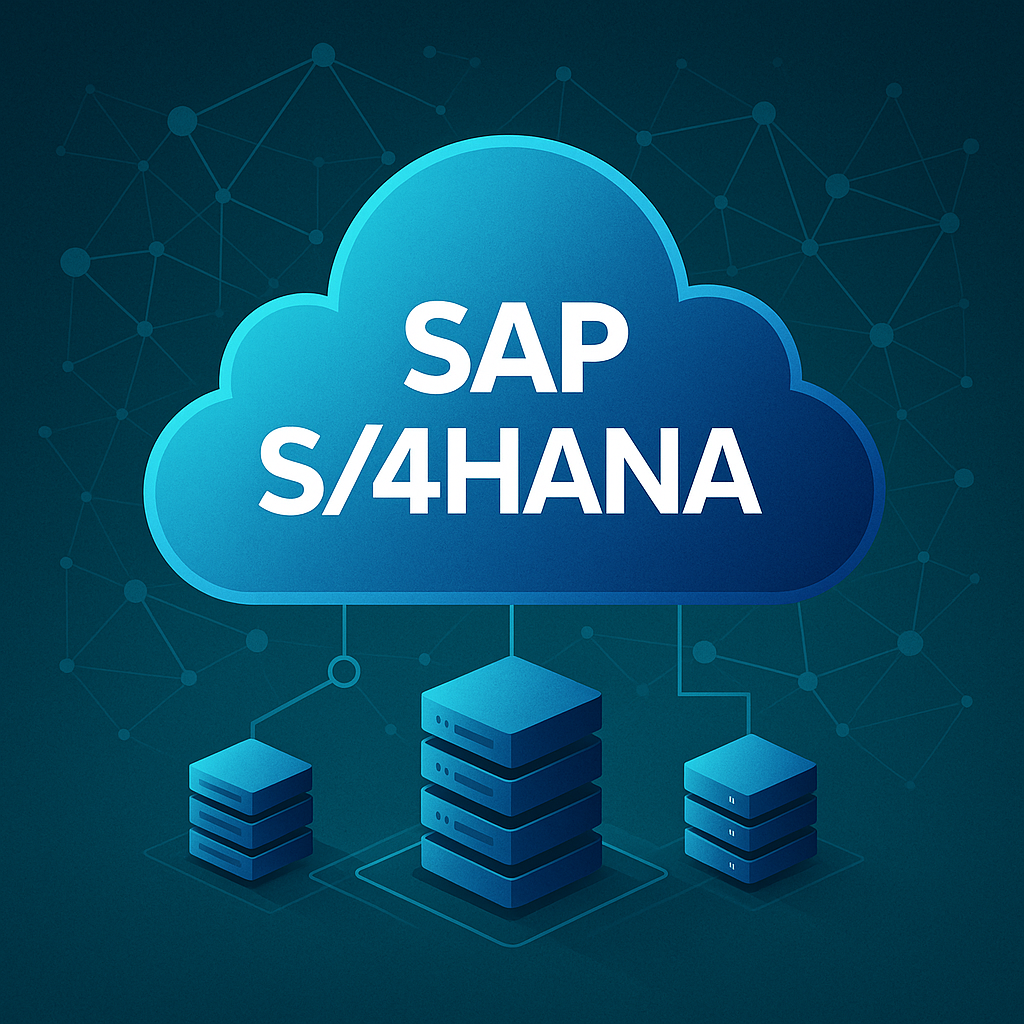
SAP’s Push for S/4HANA Public Cloud: What It Means for Enterprises in 2025
SAP has made no secret of its cloud-first ambitions. Over the past few years, the company has doubled down on S/4HANA Public Cloud as the flagship for its future ERP strategy, encouraging customers to move away from on-premise deployments and even the private cloud. With 2027 deadlines for ECC support looming, enterprises face a critical choice: accelerate their move to SAP’s cloud ecosystem or risk falling behind.
In this article, we explore why SAP is pushing Public Cloud so strongly, the benefits and trade-offs for enterprises, and what leaders should prioritize in 2025.
1. Why SAP Is Betting Big on Public Cloud
SAP’s pivot is strategic. Public Cloud allows SAP to:
- Deliver continuous innovation via quarterly updates.
- Reduce customization sprawl, forcing businesses to adopt standardized best practices.
- Increase scalability and global availability, with hyper-scaler partnerships (AWS, Azure, GCP).
- Compete directly with Oracle, Workday, and other cloud-native ERP vendors.
In short, Public Cloud aligns SAP’s future with subscription revenue models and a cleaner, more maintainable code base.
2. Benefits for Enterprises
For customers, the Public Cloud offers several advantages:
- Lower total cost of ownership (TCO) compared to running on-premise infrastructure.
- Faster deployment through predefined industry templates.
- Embedded innovation including AI, automation, and analytics built into the core.
- Security and compliance enhanced by hyper-scaler data centers.
For many mid-market and fast-growing organizations, Public Cloud represents a way to modernize without the complexity of managing bespoke environments.
3. The Trade-Offs and Challenges
However, Public Cloud isn’t a one-size-fits-all solution. Enterprises must consider:
- Reduced customization flexibility compared to Private Cloud or on-premise.
- Data residency and regulatory hurdles, particularly in highly regulated industries.
- Integration complexity with legacy systems, third-party apps, and non-SAP platforms.
- Change management — shifting users from custom processes to SAP’s “fit-to-standard” model.
This means Public Cloud may not suit every business, especially global enterprises with deeply tailored operations.
4. Key Considerations for 2025
As organizations plan their roadmaps, leaders should ask:
- Is Public Cloud aligned with our industry requirements? SAP has strong industry packages, but gaps remain in certain verticals.
- Do we have the right talent? Cloud ERP requires new skills — from integration to data governance to analytics.
- What is our appetite for standardization? Public Cloud success depends on adopting SAP’s best practices rather than replicating legacy processes.
- How will we phase migration? A “big bang” cutover may be unrealistic; hybrid models are often needed.
5. What This Means for the ERP Landscape
SAP’s aggressive push for Public Cloud is reshaping the ERP market. Vendors like Oracle and Microsoft are leveraging their own cloud-native advantages, while IFS and Infor are focusing on industry-specific niches. For enterprises, the message is clear: cloud-first ERP is no longer optional — it’s the future. The question is not if you’ll move, but how and when.
Conclusion
2025 will be a decisive year for SAP customers still running ECC or weighing private vs. public cloud. While S/4HANA Public Cloud offers speed, innovation, and scalability, it requires a willingness to adapt processes and invest in new talent.
For business and IT leaders, the priority should be clear roadmaps, strong governance, and the right expertise to manage the journey. Those who move decisively — and strategically — will unlock long-term value.
